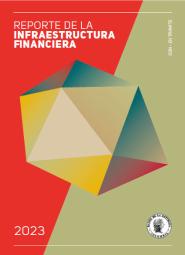Subsidies to Electricity Consumption and Housing Demand in Bogotá
La serie Borradores de Economía es una publicación de la Subgerencia de Estudios Económicos del Banco de la República. Los trabajos son de carácter provisional, las opiniones y posibles errores son responsabilidad exclusiva del autor y sus contenidos no comprometen al Banco de la República ni a su Junta Directiva.
In this paper, I estimate the demand for housing in Bogotá, modeling electricity consumption explicitly to take into account the crossed subsidies included in Colombian utility rates. I use household level data on housing prices, observable dwelling attributes, and demographic variables to recover the willingness to pay for housing characteristics following the three-step estimation procedure suggested by Bajari and Kahn (2005). First, I regress the price of housing against different observable dwelling characteristics to recover the implicit price of each feature. Next, I infer household-specific preference parameters from the utility maximizing first-order conditions, where a household’s utility depends on these observable characteristics. Finally, I analyze the relationship between demographic variables and the taste parameters estimated in the previous step. In order to study the impact of subsidies on households’ housing decisions, I focus on the impact of changes in the price of electricity on the choice of dwelling size. I find that subsidized households choose bigger dwellings than they would in the absence of subsidies, while those who are taxed choose smaller ones.
The opinions expressed here do not necessarily correspond neither to the Banco de la República nor its Board of Directors.





















































